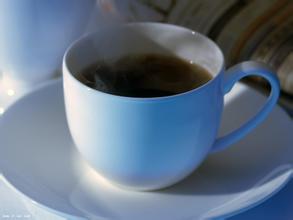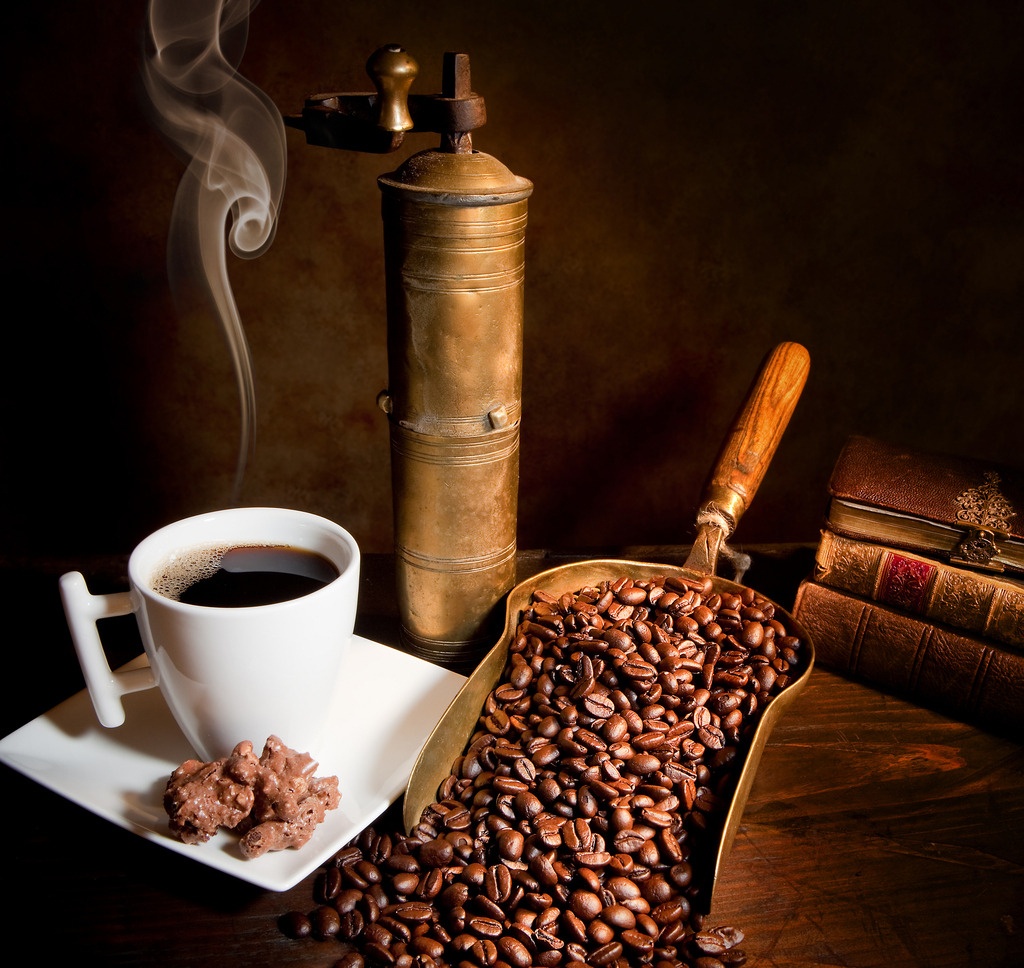Rough and fruity Cuban Crystal Mountain Coffee Flavor taste Manor Fine Coffee Bean production area introduction
The country is divided into 15 provinces, one special zone, and 168 cities under the province. [3] the names of the provinces are as follows: Binaldrio (Pinar del R í o), Artemisa (Artemisa), Mayabek (Mayabeque), Havana (Provincia de la Habana, capital) Established for provincial cities), Matansas (Matanzas), Cienfuegos (Cienfuegos), Viaclara (Villa Clara), Sancti Spiritus (Ciego de á vila), Camag ü ey (Camag ü ey), Las Tunas (Las Tunas), Holguin (Holgu í n), Grama (Granma), Santiago (Santiago de Cuba)
Havana, the capital of Cuba
Havana, the capital of Cuba
, Guant á namo (Guant á namo) and Youth Island District (Municipio Especial Isla de la Juventud). Except that Havana is the capital of Havana, Santa Clara is the capital of Viaclara, Bayamo is the capital of Grama, San Jose de Lajas is the capital of Mayabek, and Nueva Gerona is the capital of Youth Island, all the provincial capitals are rectangular with the Cuban flag of the same name, with a length-to-width ratio of 2 ∶ 1. On one side of the flagpole is a red equilateral triangle with a white five-pointed star; the right side of the flag is composed of three blue wide stripes and two white wide stripes parallel and connected. Triangles and stars were originally symbols of Cuba's secret revolutionary organizations, symbolizing freedom, equality, fraternity and the blood of patriots. The five-pointed star also represents that Cuba is an independent people. Three wide blue stripes indicate that the future republic will be divided into eastern, western and central states; the white stripes indicate that the Cuban people have a pure purpose in the war of independence. [12]
National emblem
National emblem of Cuba
National emblem of Cuba
National emblem of Cuba
For the shield emblem. The blue part above the shield represents the Caribbean Sea; a sun rises from the sea, and the horizontal key indicates that Cuba is a key to the Gulf of Mexico (the island of Cuba is shaped like a key), indicating the importance of its geographical location. The lower left of the shield is blue and white twill, and the pattern on the lower right is grass, mountains and palm trees. The shield emblem is flanked by oak branches and leaves and laurel branches and leaves; behind it is a bundle of sticks, symbolizing authority; and above the bars is a "cap of freedom", indicating the struggle for freedom and freedom.
Crystal Mountain Coffee is very precious. This is mainly for two reasons. The first reason is the economic sanctions imposed by the United States against Cuba and the non-opening up of Cuban imports. The second reason is that at present, Cuban coffee beans are mostly acquired by the French and Japanese markets, especially Japan, so it is difficult to buy coffee beans directly from Cuba. In spite of this, the status of Cuban coffee in the hearts of global coffee lovers can still be compared with Jamaican Blue Mountain Coffee.
Crystal Mountain Coffee beans are typical island beans with a clean and delicate taste, slightly sour taste, not strong but long-lasting, with sweet fruit aromas. The coffee brewed by it has a rare and perfect taste: it is bitter with aroma and a mellow and smooth taste. It slightly contains wine-like bitterness and a touch of sweetness, and even a hint of tobacco, meticulous and smooth, fresh and elegant. Many flavors are mixed together, and the near-perfect coffee is introduced into Cuba from Domiga, where coffee has been grown ever since. With fertile land, humid climate and abundant Rain Water, Cuba can be called a natural treasure land for coffee cultivation. The suitable natural conditions provide a favorable natural environment for the growth of coffee trees, and coffee is well planted and developed here. In Cuba, the cultivation of coffee is regulated by the state. The best coffee growing area in Cuba is located in the Central Mountains. Because this area not only grows coffee, but also produces quartz, crystal and other precious minerals, it is also known as Crystal Mountain. At present, Crystal Mountain Coffee is synonymous with top Cuban coffee. A prominent feature of Crystal Mountain Coffee is its large granule and bright green color of coffee beans.
In Cuba, most of the coffee beans are picked by hand. Coffee beans are picked about every half a month during the ripening period. During or after picking, coffee beans are classified and those immature and bad beans are removed to ensure the quality of the coffee. Cubans usually deal with coffee beans in two ways-tanning and washing. Tanning is the simplest, cheapest and most traditional way to treat coffee, which is to let the coffee fruit dry in the sun but not ferment. The general drying time is about four weeks. The washing rule makes the aroma of fruit more into the coffee beans, thus adding a kind of coarse fruit aroma to the coffee.

Important Notice :
前街咖啡 FrontStreet Coffee has moved to new addredd:
FrontStreet Coffee Address: 315,Donghua East Road,GuangZhou
Tel:020 38364473
- Prev

Elegant taste is special, moderate sour, Mexican coffee flavor, characteristics, taste and manor
The main producing areas are: Kolabegu, Australia Aluca states, the products are mostly washed beans produced in the highlands, with good aroma and sour taste, the grade is divided into three categories according to altitude: Aldura (219m-1280 m), Prima. Rabe Society (853-1006 m) Puine. Raba Society (640-762 m). Coffee beans are mainly exported to the United States: Aldura, Mexico. Mouth
- Next

Costa Rican Coffee Flavor Costa Rican coffee producing area
Costa Rican coffee is full of particles, with ideal acidity and unique aroma. Costa Rica's coffee industry, formerly controlled by the Instituto del Café de Costa Rica (ICAFE), has been taken over by the Official Coffee Council (Oficina del Caf). Among coffee exports, those deemed substandard are colored blue.
Related
- Detailed explanation of Jadeite planting Land in Panamanian Jadeite Manor introduction to the grading system of Jadeite competitive bidding, Red bid, Green bid and Rose Summer
- Story of Coffee planting in Brenka region of Costa Rica Stonehenge Manor anaerobic heavy honey treatment of flavor mouth
- What's on the barrel of Blue Mountain Coffee beans?
- Can American coffee also pull flowers? How to use hot American style to pull out a good-looking pattern?
- Can you make a cold extract with coffee beans? What is the right proportion for cold-extracted coffee formula?
- Indonesian PWN Gold Mandrine Coffee Origin Features Flavor How to Chong? Mandolin coffee is American.
- A brief introduction to the flavor characteristics of Brazilian yellow bourbon coffee beans
- What is the effect of different water quality on the flavor of cold-extracted coffee? What kind of water is best for brewing coffee?
- Why do you think of Rose Summer whenever you mention Panamanian coffee?
- Introduction to the characteristics of authentic blue mountain coffee bean producing areas? What is the CIB Coffee Authority in Jamaica?

